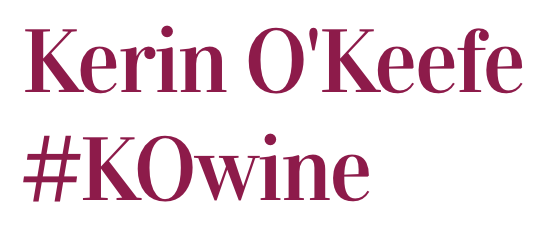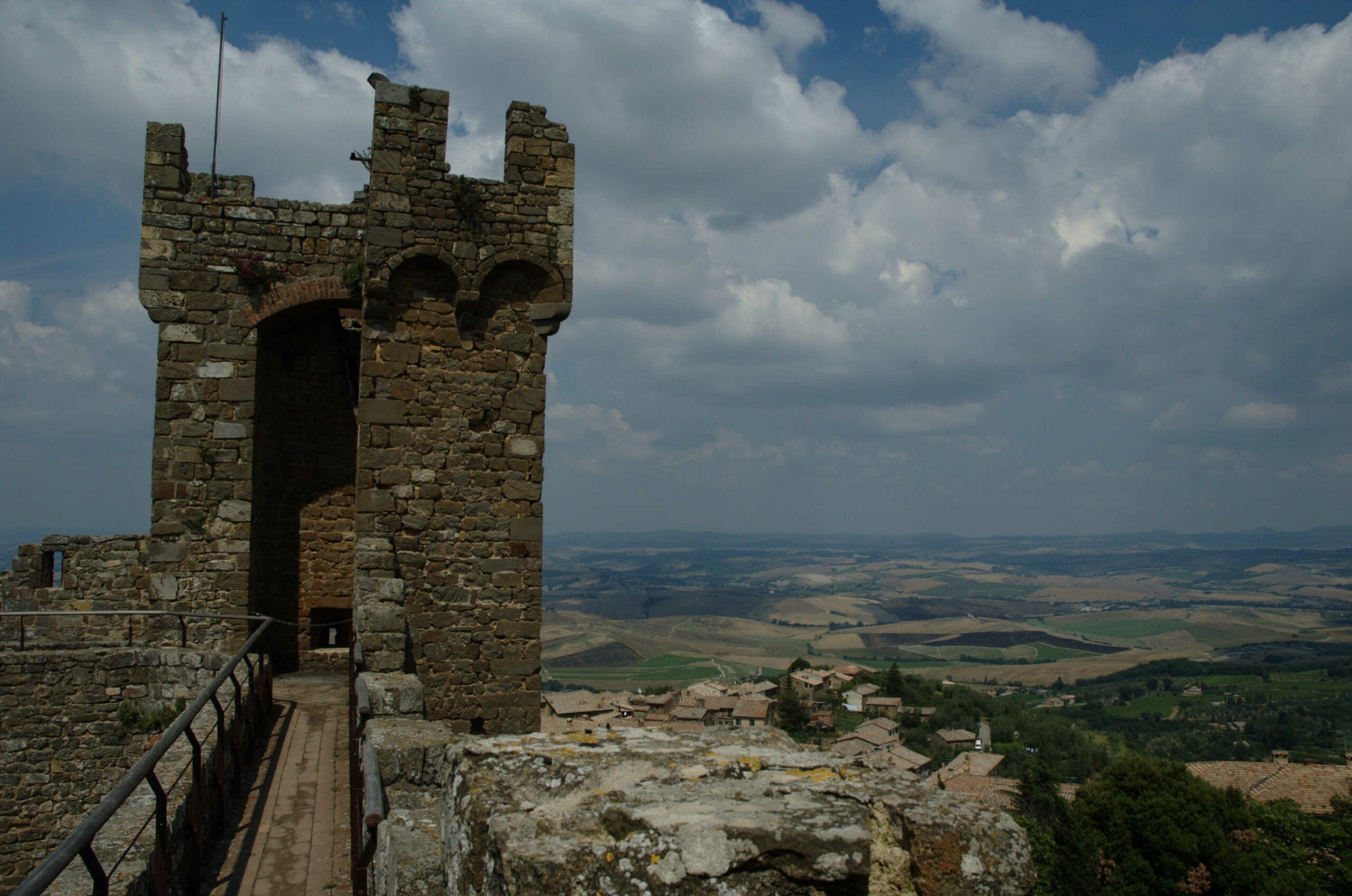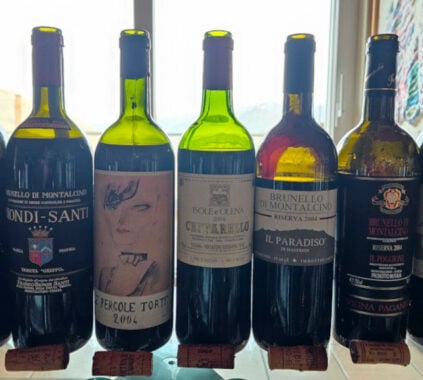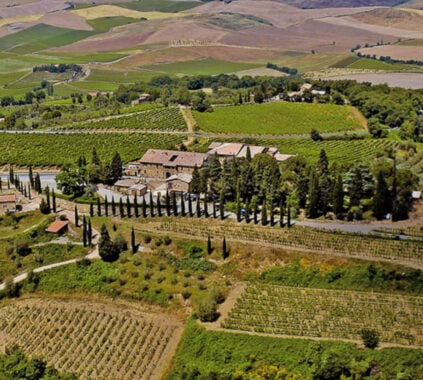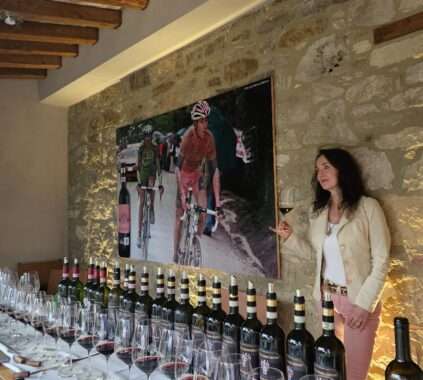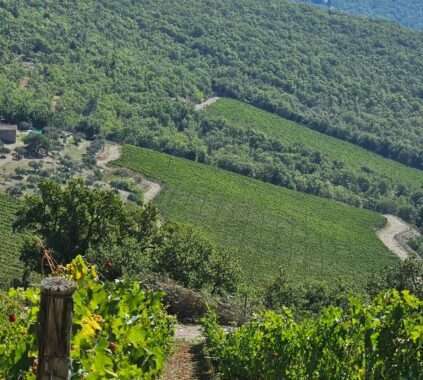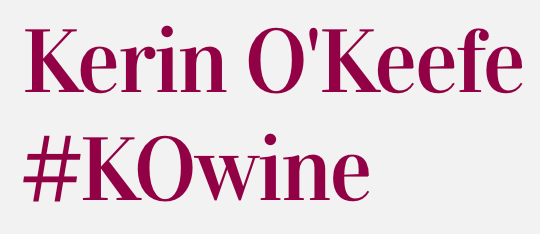After the wild success of the 2010 vintage in Barolo and Barbaresco, Bolgheri and Chianti Classico, all eyes are on Montalcino. Although the Brunello 2010s will officially debut at the annual press tastings in late February – along with the 2009 Riservas, I previewed almost 200 of the new release in early January at the Brunello Consorzio’s headquarters in Montalcino.
So are they living up to the hype? Yes and no.
First off, it’s always a challenge to generalize any vintage in Montalcino given the extreme differences in altitude and microclimates found within the denomination: vineyard altitude ranges from 320 to 1,969 ft above sea level and average summer temperatures and rainfall vary significantly from north to south.
Having said that, according to producers in all corners of the denomination, 2010 was a remarkable year in terms of weather. Francesco Ripaccioli of Canalicchio di Sopra and vice-president of the consorzio, says, “It was a perfect growing season, relatively warm during the maturation phase, with pronounced day and night temperature changes that allowed us to wait for the best phenolic maturation ever attained at our estate.” Ripaccioli goes so far as to define the vintage ‘historic’.
Given the ideal growing conditions, it’s no surprise that there are some superb 2010 Brunellos that combine fruit richness, tannic power and freshness. While the best have the structure to age well for fifteen to twenty years at least, their concentrated, juicy flavors will also be make them approachable in just a few years once the tannins start to unwind.
Even though perfect weather is never a universal guarantee of excellence across the board in any appellation (although it sure came close in Barolo), I was still surprised to find a number of wines – thankfully a minority but still more than expected and more than there should be – of uninspiring 2010 Brunellos. Some of these underperformers seemed surprisingly old, already brick colored and displaying dried up fruit and astringent tannins. At the other end of the spectrum, were high-octane Brunellos displaying stewed fruit and the heat of evident alcohol, with many of the latter declaring 15% on the label. Given the half point of flexibility allowed in Italian labels, they are likely closer to 15.5%.
In other words, the vintage is not a free pass in Montalcino. Top producers who make the best Brunellos every year generally made superb 2010 Brunellos. Their experience, especially in the vineyards – such as knowing when to defoliate and when to harvest and what to discard – proved critical even in a near perfect year like 2010. Alongside these producers with over twenty-five or thirty vintages under their belt are newly established estates whose inexperience showed.
Shaking up quality even more is the recent wave of outside bottling houses that buy Brunello in bulk from local producers and bottle it under their own labels. As can be expected, in many cases what producers sell to these bottlers is not the best quality Brunello.
Which brings us back to the golden rule when choosing Brunello: the producer name is more of a guarantee than the vintage.
Brunello Riserva 2009
2009 was a challenging year in Montalcino and many producers decided against making a Riserva version. The vast majority of those I tried reflect the heat of the vintage, displaying stewed fruit, low acidity and the heat of evident alcohol. Some posses the opulence more typical of Amarone and aren’t destined for lengthy aging.
To see reviews input Brunello 2010 or Brunello Riserva 2009 in the search box under Italian Wine Reviews.
For articles on other vintages click here: Brunello vintage report
Brunello Brunello vintage report Montalcino Sangiovese
Last modified: January 1, 2024
